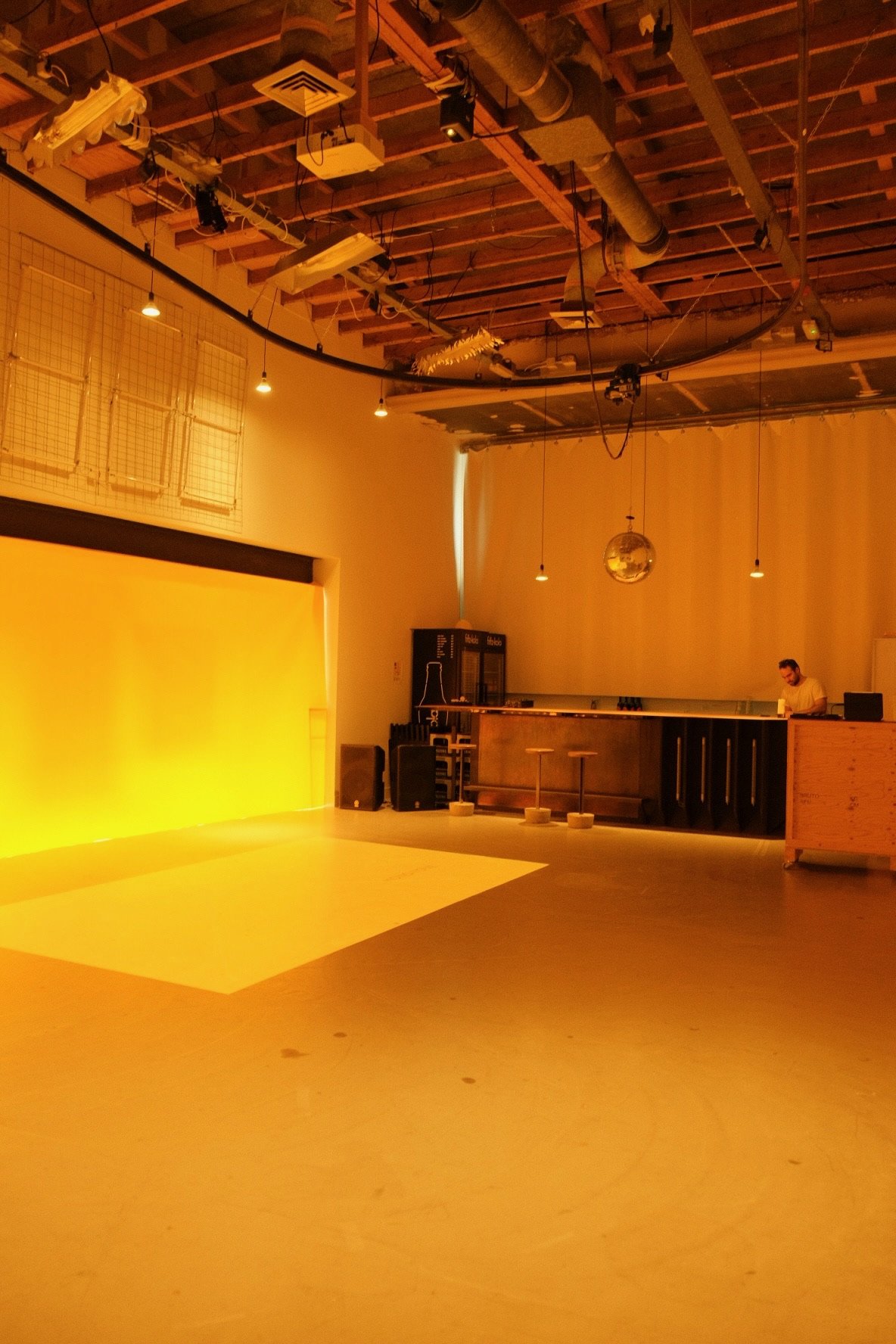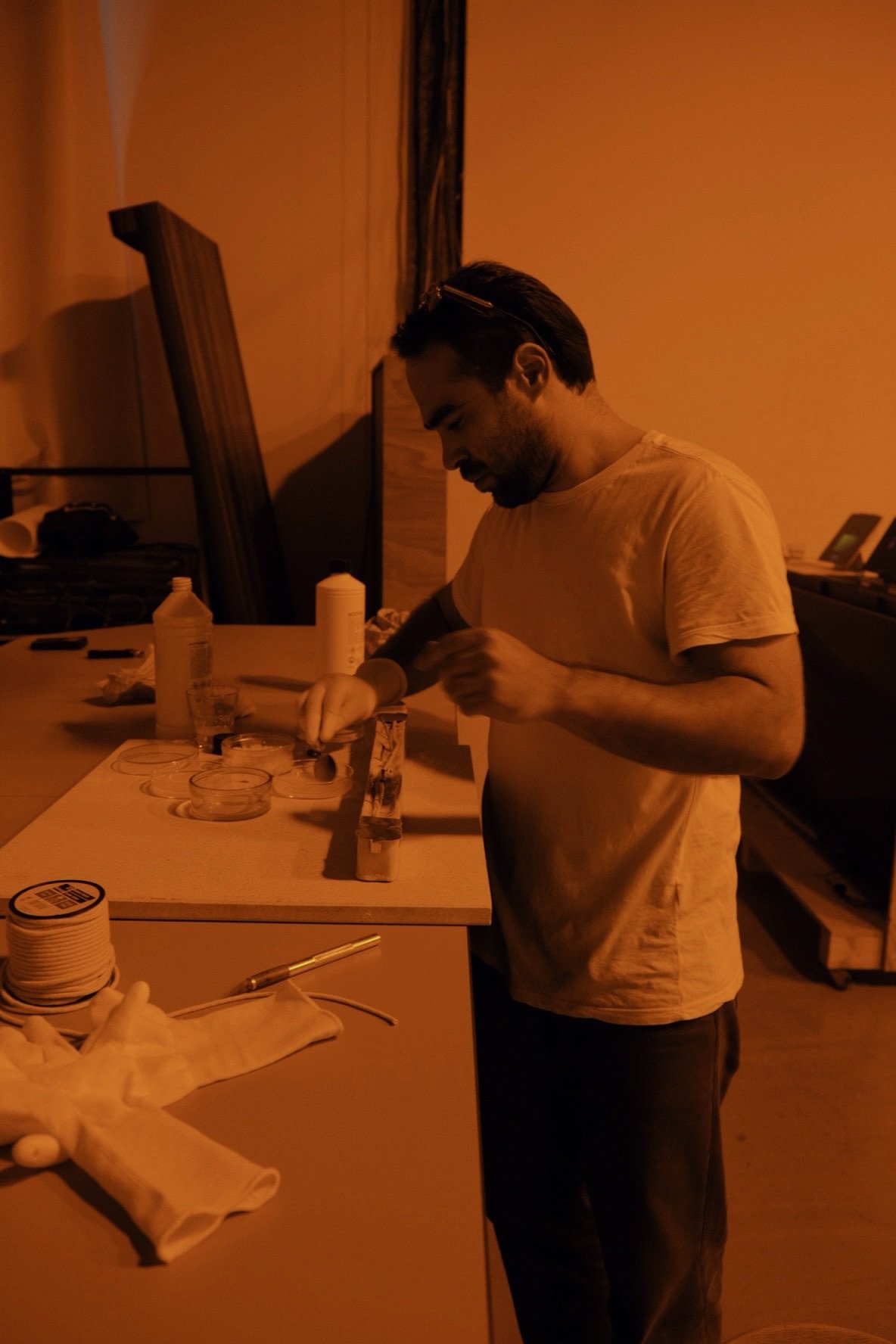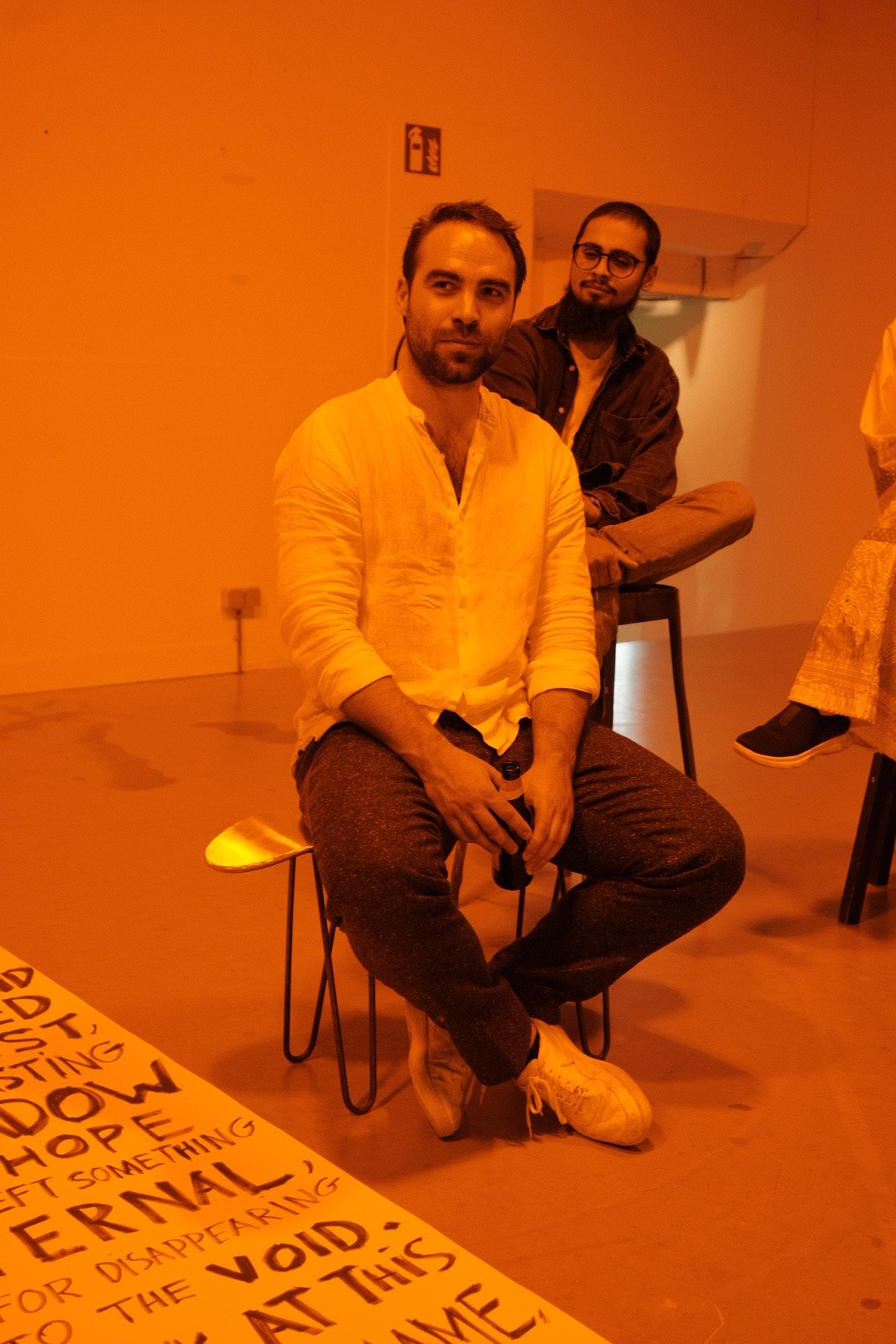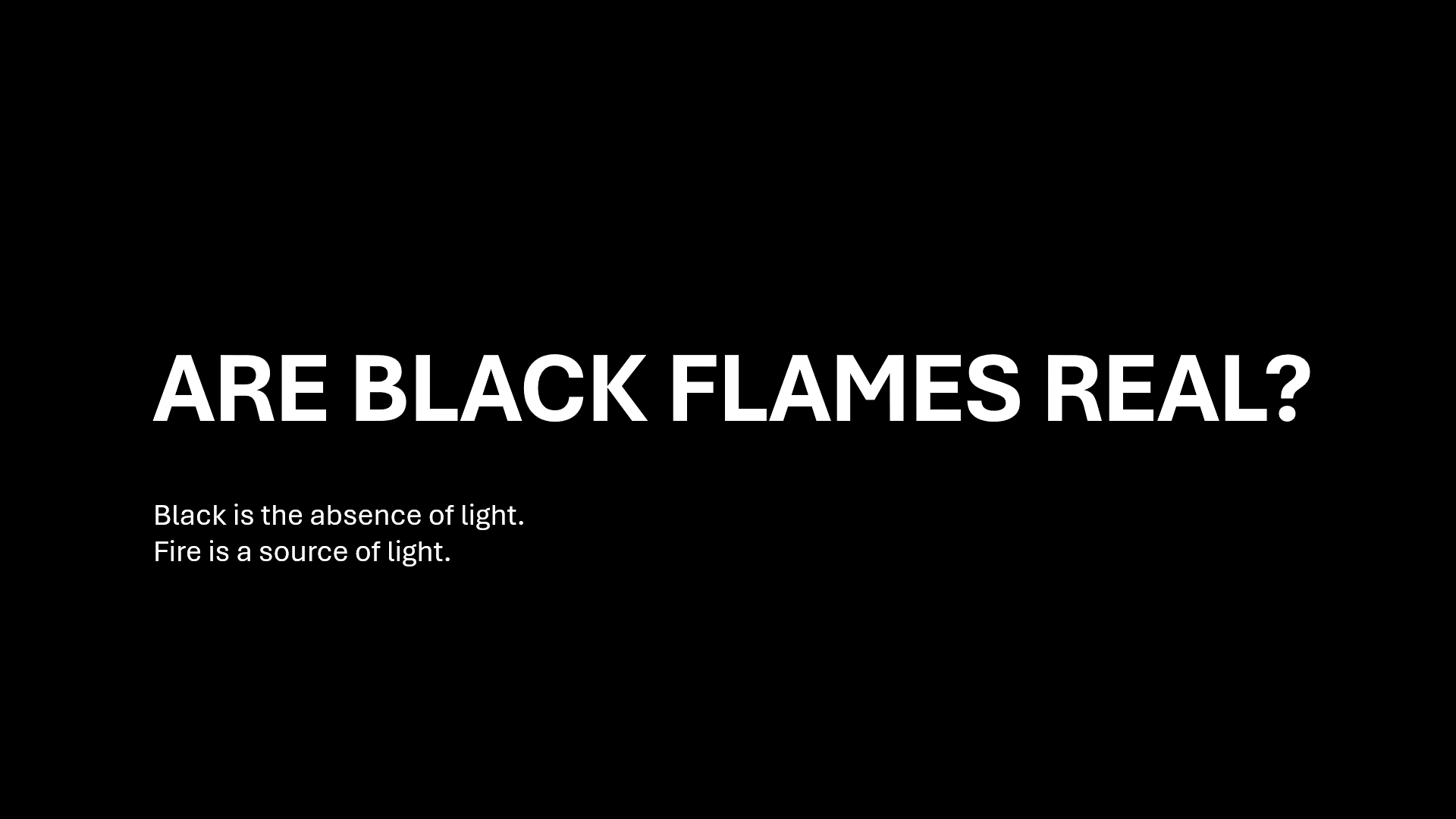Studies in yellow
Solo exhibition ∙ Nul Zes ∙ June 2024
The Poetic:
Childhood
ACT I
Life starts as a colourful adventure.
We play an interesting game where the objective is to understand the governing principles of reality. We fight against gravity by controlling our muscles, lift up our head, roll over, start to crawl and eventually stand up, and grab things. We develop our senses, learn to process colours, understand shapes through tactile interactions, sample the chemical composition of matter and make associations. Training our mind to decoding and categorising the information is a mentally intensive process. We see all the hues and shades. We begin to alter reality around us. We see the objects for what they are, not just their function. A chair, for example, can be an imaginary horse or a vantage point to climb onto.
Along the years, we slowly unlearn this attitude. In school they tell us not to climb on the chair, after all, that certain object has obviously the only purpose of sitting.
We conform to the norm.
Grass is green.
The ocean is blue.
Fire is red.
ACT II
Adulthood
As we grow up our days become mundane.
We forget about the magic of exploring. Our days become routine, and the magic of exploration fades. We look around and struggle to see beyond the practical purpose of objects and other beings around us. We see functions only. Our perception narrows.
We realise that our reality is no more that full and vibrant spectrum.
It
becomes
a bland
monotone
reality.
ACT III
Elderly
As the years pass and we approach the end of our lives, we realise that even this monotone existence is precious.
We went through the most varied moments in life and experienced feelings we didn’t even imagine it existed. We gained experience. We’ve absorbed knowledge. Our mind is an intangible result of this existence.
We must conclude it with distinction.
There is a responsibility of leaving something meaningful behind. We want to give something back to the world, just as we physically absorb specific wavelengths of light and reflect the rest on a shadow.
We hope to leave something eternal before disappearing into the void.
We go.
Our reflection stays.




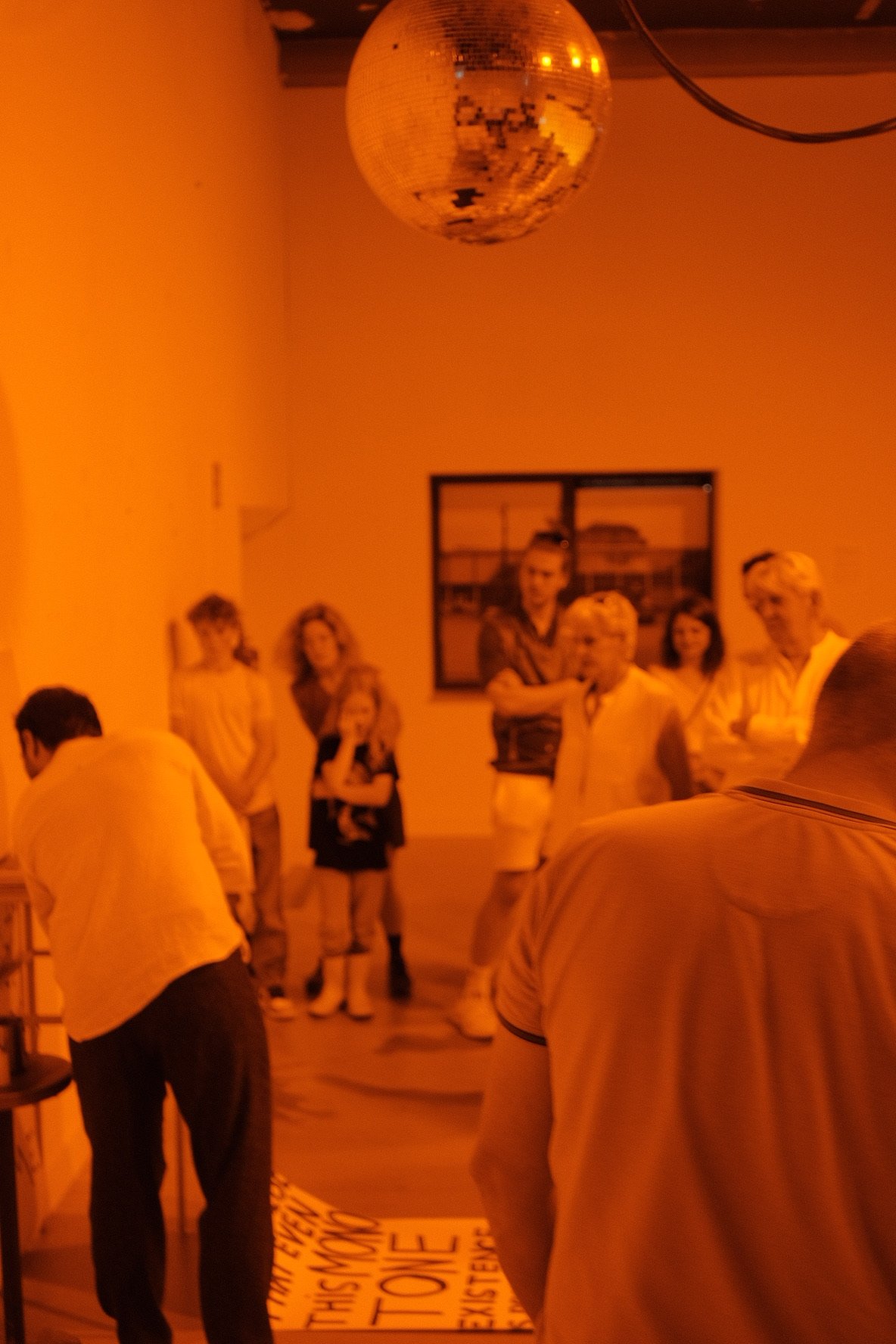

The Science:
The Yellow Sodium Plasma Glow And Its Electron Orbital Transformation
1• Sodium plasma: commonly observed in low pressure sodium-vapor lamps and in certain types of plasma discharges such as a flame with sodium chloride (table salt).
2• The characteristic yellow glow of sodium plasma results from specific electron transitions within the sodium atom.
3• The primary electron orbital transformation responsible for the yellow sodium glow is the transition from the 3s orbital to the 3p orbital. When an electron in a sodium atom is excited to the 3p level and subsequently falls back to the 3s level, it emits light in the visible yellow spectrum. This emission corresponds to the well-known D-line at wavelengths of approximately 589.0 nm and 589.6 nm
4• Studies on the photo absorption of atomic sodium in different environments, including plasma, demonstrate that the excitation of sodium atoms often leads to transitions that result in the yellow emission. This involves the excitation of 3s electrons to higher levels, which then decay back to the 3p level, emitting yellow light.
